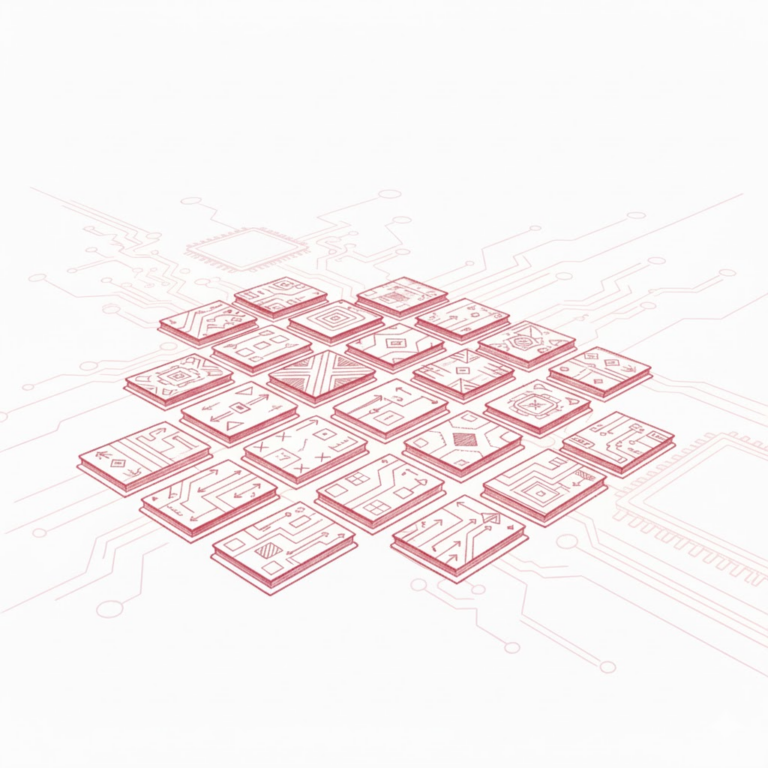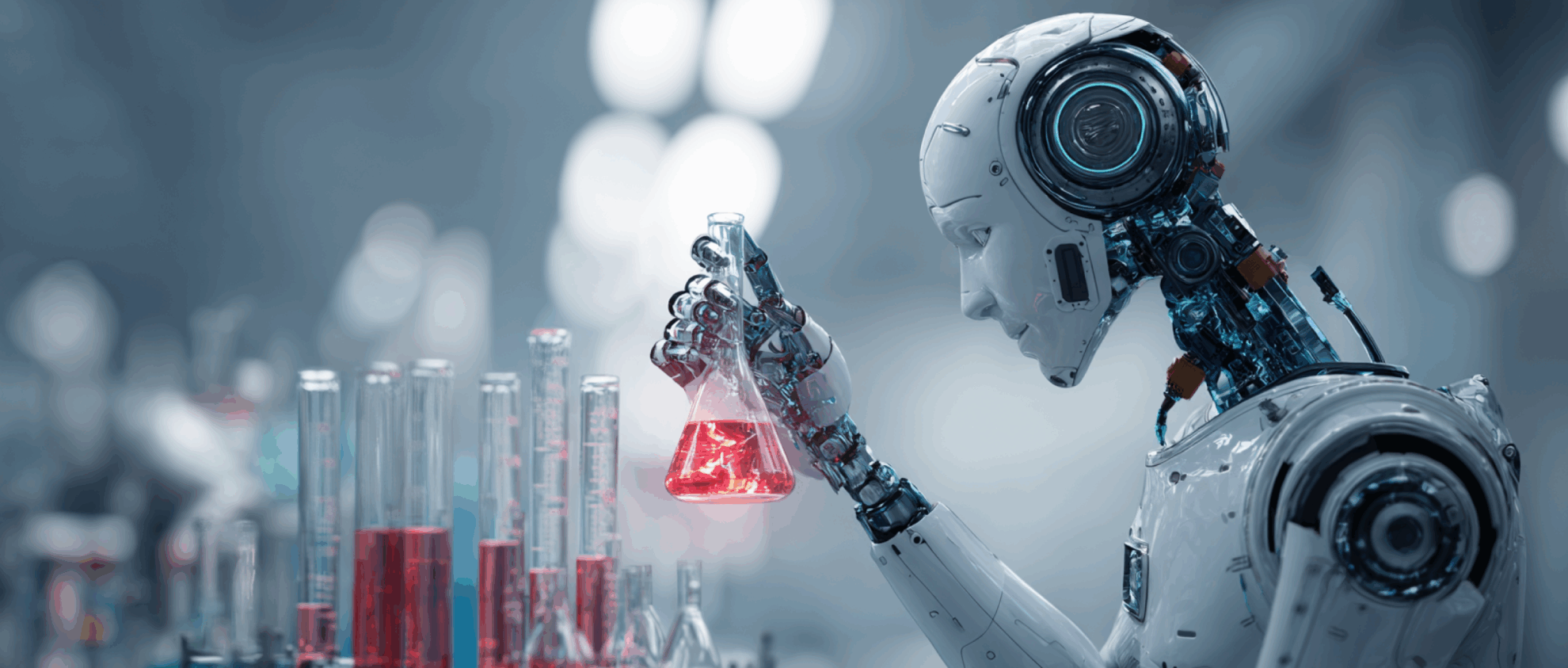By Super Neuro
In criminal detective movies and TV dramas, we often see the appearance of "handwriting identification experts". These people will make a preliminary judgment on a person's identity, age, and mentality based on the handwriting left at the scene.
Now, AI can be used to directly determine the writer’s nationality, thus eliminating the need for more investigation and evidence collection work.
In the 1980s, a so-called Nazi collector came to a German publishing house with 60 copies of "Hitler's Diaries."
The publisher bought the diaries for $2.3 million and sold the reprint rights to several foreign newspapers.
The Times invited several experts to examine a copy of Hitler's handwriting, and the experts concluded that it was real! This is Hitler's handwriting!
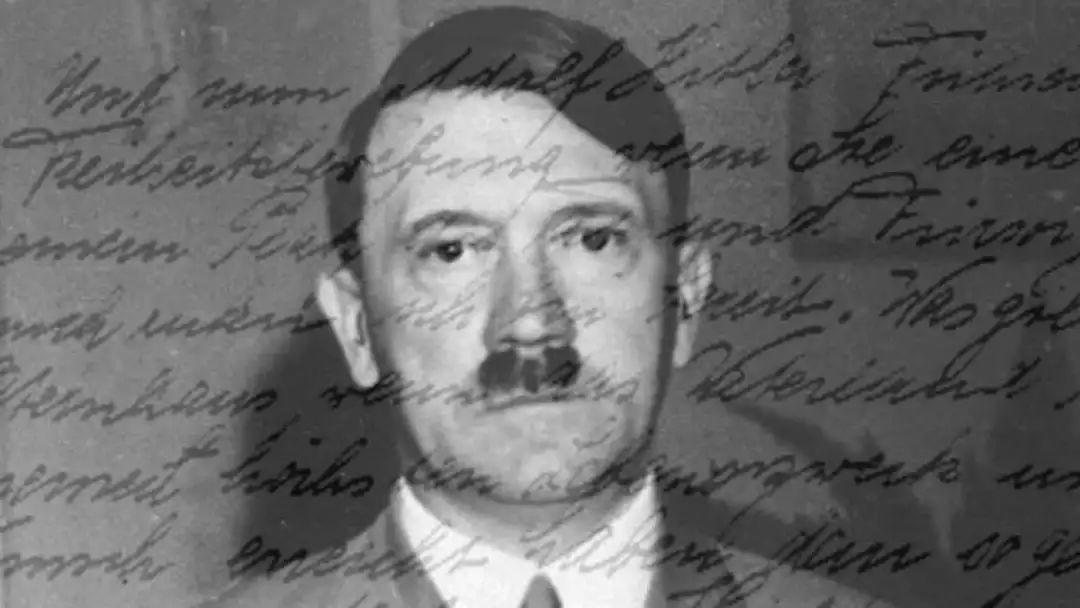
However, subsequent ultraviolet testing revealed the presence of a special ingredient in the paper of this set of diaries, which was actually only used in 1954.
This set of diaries is definitely a forgery, so are the experts’ handwriting identification results also wrong?
In fact, no, the final investigation found that the real data sets used for comparison, the so-called "manuscripts", were actually forged by the fraudulent collector.
Handwriting identification is important
Handwriting is a special trace that can reflect a person's unique writing habits. Handwriting identification is to compare and identify two or more parts of notes to determine whether they are written by the same person.
Handwriting identification is also often used to deal with disputes over artworks, contracts, wills, etc.Now, AI can be used to directly conduct handwriting identification to confirm nationality.
Currently only targeting five countries
Through this algorithm, AI can analyze a person's handwritten English text to determine their nationality.
Currently, this technology can only determine whether the nationality of the participants belongs to the five countries of Malaysia, Iran, China, Bangladesh and India.
The researchers selected 100 people from these countries as experimental subjects and asked them to handwrite a 500-line English article as a data set for machine learning.

Through a tool called "Cloud Of Line Distribution (COLD)",The researchers were able to break down each letter into lines and determine their nationality by measuring how straight or curvy the lines were.
Experiments have shown that COLD is well compatible with machine learning algorithms. It is more effective than most existing methods in determining nationality, and the prediction accuracy for some countries has been more than doubled.
The writing habits of different countries are the key for COLD to determine nationality.
for exampleChinese people are used to writing in square characters and use straighter lines when writing English letters, while Indians are used to writing with curves, so there are more curved parts when spelling letters.
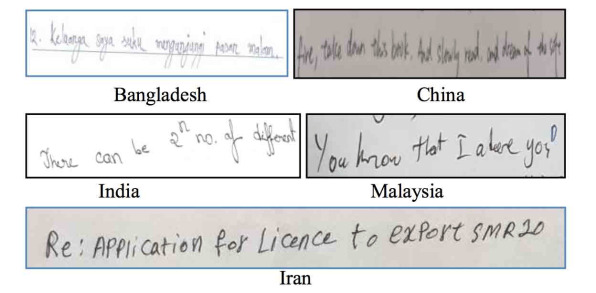
How does COLD work?
COLD is a tool specifically used for text analysis. In addition to its application in handwriting analysis, it is also widely used for arbitrary text detection in fields such as videos and license plate images.
This method can analyze text features, then classify the text based on random forests and generate dense points in the corresponding polar coordinate domain.
These points are not randomly distributed, but are infinitely close to the country with the greatest similarity. Therefore, as the distribution of characters changes, the distribution of nationals will also change. As long as the data is rich enough, it is easy to draw conclusions through SVM (Support Vector Machine).
The results of AI analysis cannot be fully trusted
Previously, we rarely heard about research on handwriting analysis, perhaps because its application scenarios had not been determined.
However, researchers from China, India and Malaysia believe that the technology can help police conduct criminal investigations and is more effective than general image recognition technology.
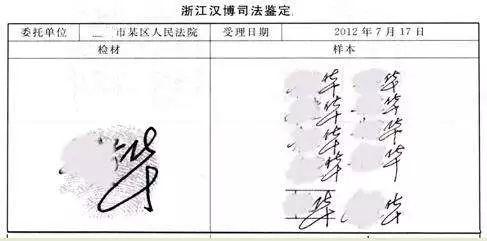
Traditional forensic identification method
In fact, the police have already used biometric technology in many areas of investigation, and face recognition is one of the most commonly used methods. The emergence of handwriting recognition will also become a powerful supplement to this technology to a certain extent.
However, this technology is still in the experimental stage, and whether it can be used in actual scenarios remains to be considered.
Like most biometric technologies, handwriting recognition faces some of the privacy or civil rights issues raised by this or similar technologies.
In addition, how to ensure that the data used for machine learning does not make wrong decisions due to bias is also a problem that needs to be solved urgently.

